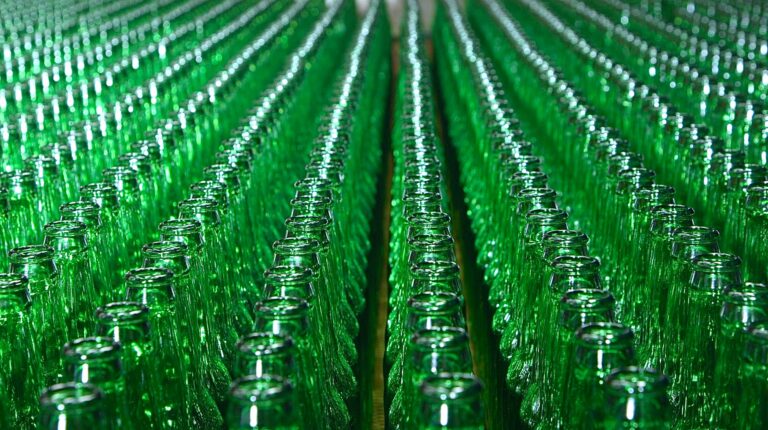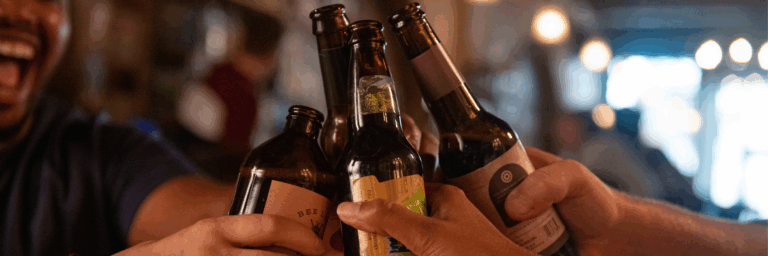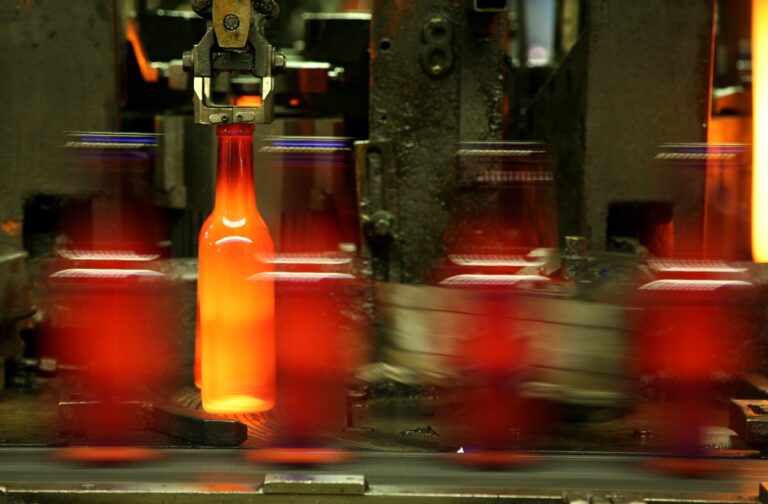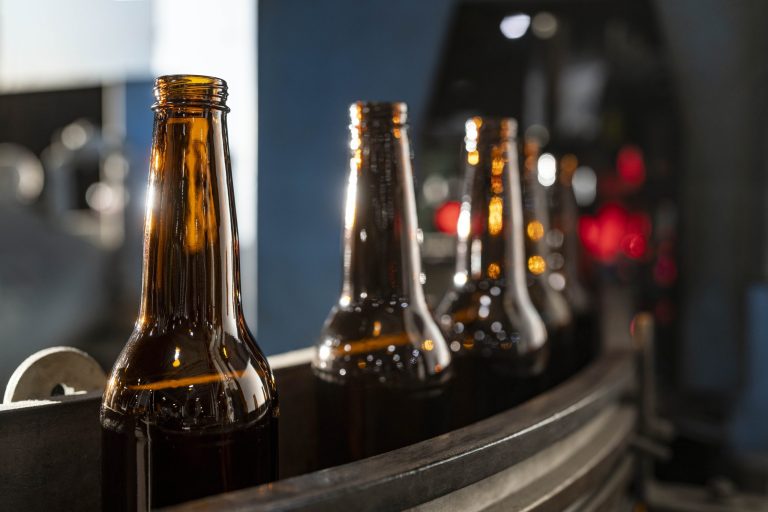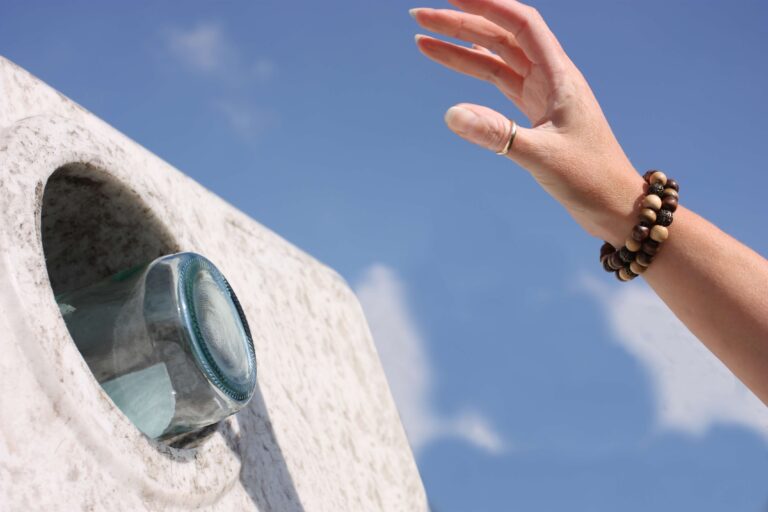- Eric Topol tells Mel Robbins that microplastics and other environmental factors are “things we have to consider causal” to rising rates of chronic disease and cancer.
- Heating food in plastic containers increases microplastic contamination.
- Glass is FDA-recognized as “Generally Recognized as Safe” (GRAS) and never made with plastic.
In this Instagram clip of The Mel Robbins Podcast, Mel sat down with Dr. Eric Topol, one of the world’s leading cardiologists and a trusted voice in the medical community. They spoke about Dr. Topol’s new book, Super Agers, which explores what he calls a causal link between forever chemicals, microplastics, air pollution, ultra processed foods, and rising rates of chronic health problems.
Dr. Topol and Mel spent a lot of air time discussing microplastics specifically.
“If you want to be conscious of the burden of plastic intake – which is an enormous amount of plastics we’re taking in on a daily, yearly basis – anything we can do to reduce dwell time in plastic – or better yet, not plastic at all – would be an improvement,” Dr. Topol explained.
At one point, Mel admitted to microwaving leftovers in plastic. “Is that okay?” she asked Dr. Topol.
“Hopefully that’s past tense,” he said, calling it a double whammy. “Not only do you have the microplastics that can get into the food from the plastic container, but now you’re heating it up. We know that if you heat up plastic, that’s a way to get more microplastics into whatever you’re going to consume.”
The message was loud and clear: Stop microwaving your leftovers in plastic.
If you view the clip, you can see that Mel is somewhat surprised. Like so many individuals, she’d never considered how heating food in plastic could have negative health consequences. She only saw the convenience.
This brief moment sparked a larger conversation about how the materials we use to store and serve our food directly impact our health. And it’s a conversation worth having, not just for Mel’s millions of listeners, but for anyone looking to make simple, practical choices for a healthier lifestyle.
The good news? There is a safer, natural, and endlessly recyclable alternative. And that alternative is glass.
Why Plastic Can Be Problematic for Your Health
Researchers say plastic is pervasive in modern life.
“Micro- and nanoplastics (MNPs) are being found everywhere,” according to the Food Packaging Forum. “To us, they are an invisible form of plastic pollution widely present in both the natural environment and our bodies.”
Convenience often comes at a cost.
Chemical leaching from plastic
When plastic is heated up or even scratched by repeated use with food utensils, certain plastics can release chemicals like BPA and phthalates into your food and drinks.
Have you ever seen the red residue from spaghetti sauce that has been heated up one too many times in those plastic containers? That’s the result of leaching.
Microplastic exposure
Every day wear and tear can break plastics down into tiny particles. Who knew that every week, the average person ingests up to one credit card worth of plastic from food, water, or the air? Dr. Topol cited new research that found a spoon’s worth of plastic in the human brain.
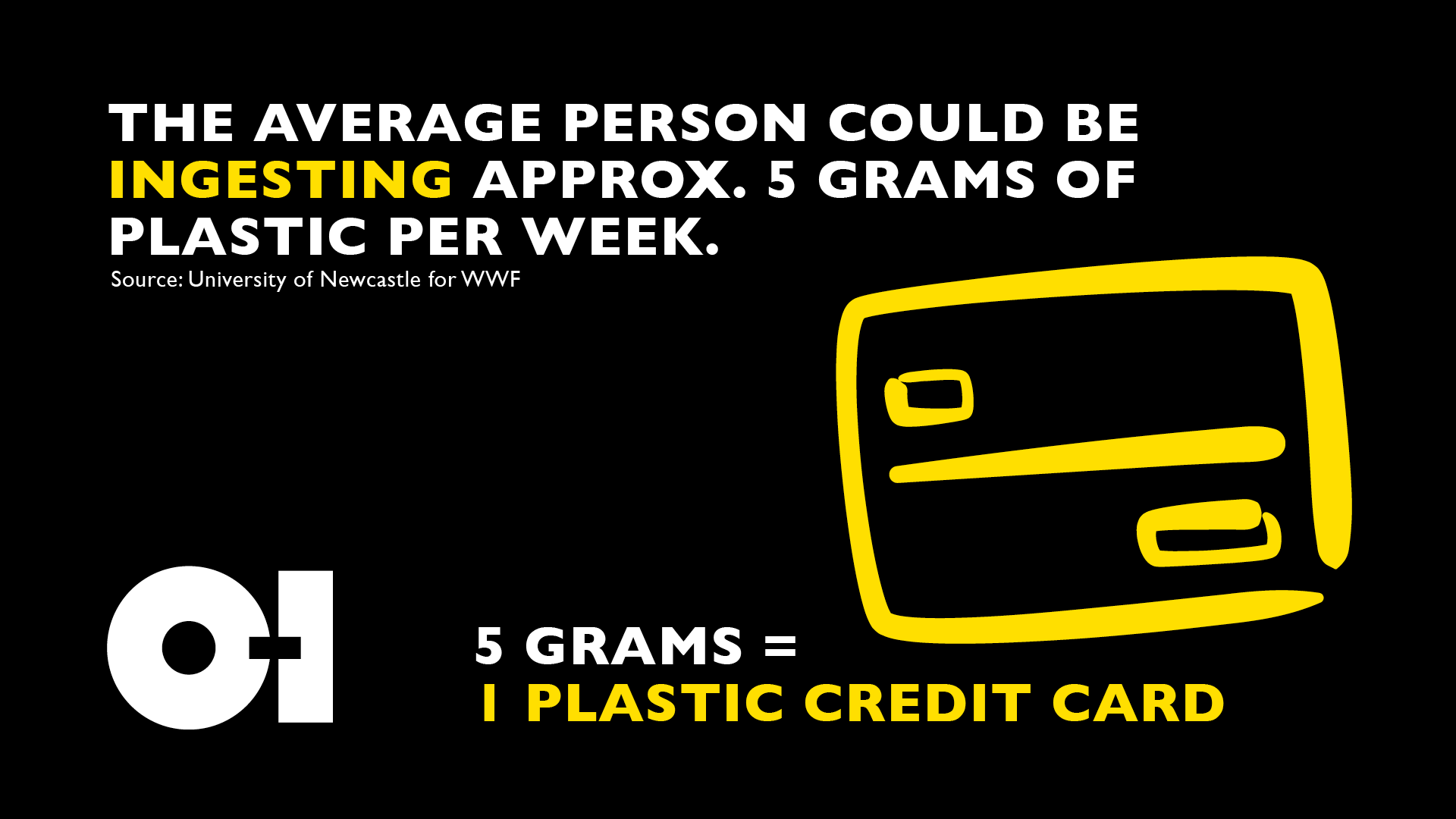
Long-term uncertainty
While research continues, growing evidence suggests that regular exposure to these substances could disrupt hormones, increase inflammation, and affect overall health.
“Until proven otherwise, these are the things we have to consider causal,” Dr. Topol said.
His warning to Mel underscores a crucial point. Many of these risks are avoidable with a simple switch to safer materials, such as glass, whether it’s for storing leftovers or choosing food and beverages in glass packaging.
Glass: The Naturally Healthy Choice
Glass is the only food packaging material that the FDA considers “Generally Recognized as Safe” (GRAS).
Here’s why…
Glass is non-toxic and inert.
Glass is made from natural materials from the earth, like sand, soda ash, limestone, and other recycled glass. It’s completely inert, meaning it won’t react with your food or beverages.
This means there’s no chemical leaching and no unwanted flavors or odors, even when heated or stored at freezing temperatures.
Whether you’re microwaving leftovers or storing fresh produce, glass keeps your food exactly as it should be.
Glass is free from harmful additives.
Glass isn’t made with plastic. This makes it an ideal choice for canning and preserving foods as well as for reusable water bottles and meal prep containers.
When you choose glass, you’re making a proactive decision to reduce what Dr. Topol refers to as “the burden of plastic intake.”
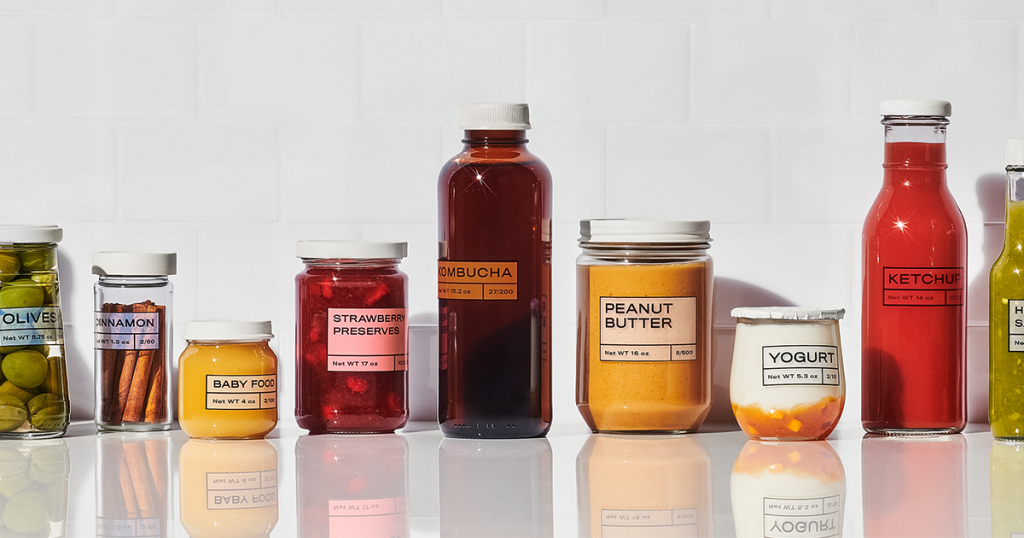
Glass is temperature-safe and durable.
From the freezer to the oven, glass can handle extreme temperatures without breaking down or releasing harmful particles.
It’s perfect for storing frozen soups or sauces, baking casseroles or desserts, and even reheating meals safely in the microwave or oven.
As Dr. Topol advised, reheating in plastic carries unnecessary risks. With glass, you can heat and store with confidence.
The Bigger Picture: Microplastics and Our Environment
Recent studies have brought microplastics into the spotlight, highlighting their pervasive presence in our environment. While some headlines have caused confusion about various packaging materials, the key takeaway is clear: It’s important to reduce our reliance on plastics.
Glass plays a powerful role in this effort in several ways.
- It’s infinitely recyclable without losing quality or purity.
- Choosing glass over plastic helps reduce the production and disposal of plastics, thereby lowering microplastic pollution over time.
- By supporting glass packaging, consumers send a clear signal to brands and manufacturers that health and sustainability is a priority.
Why Brands Are Moving Toward Glass
Health-conscious consumers are driving a growing demand for safe, sustainable packaging.
Many leading food and beverage companies are already making the shift to glass because it aligns with what today’s shoppers want.
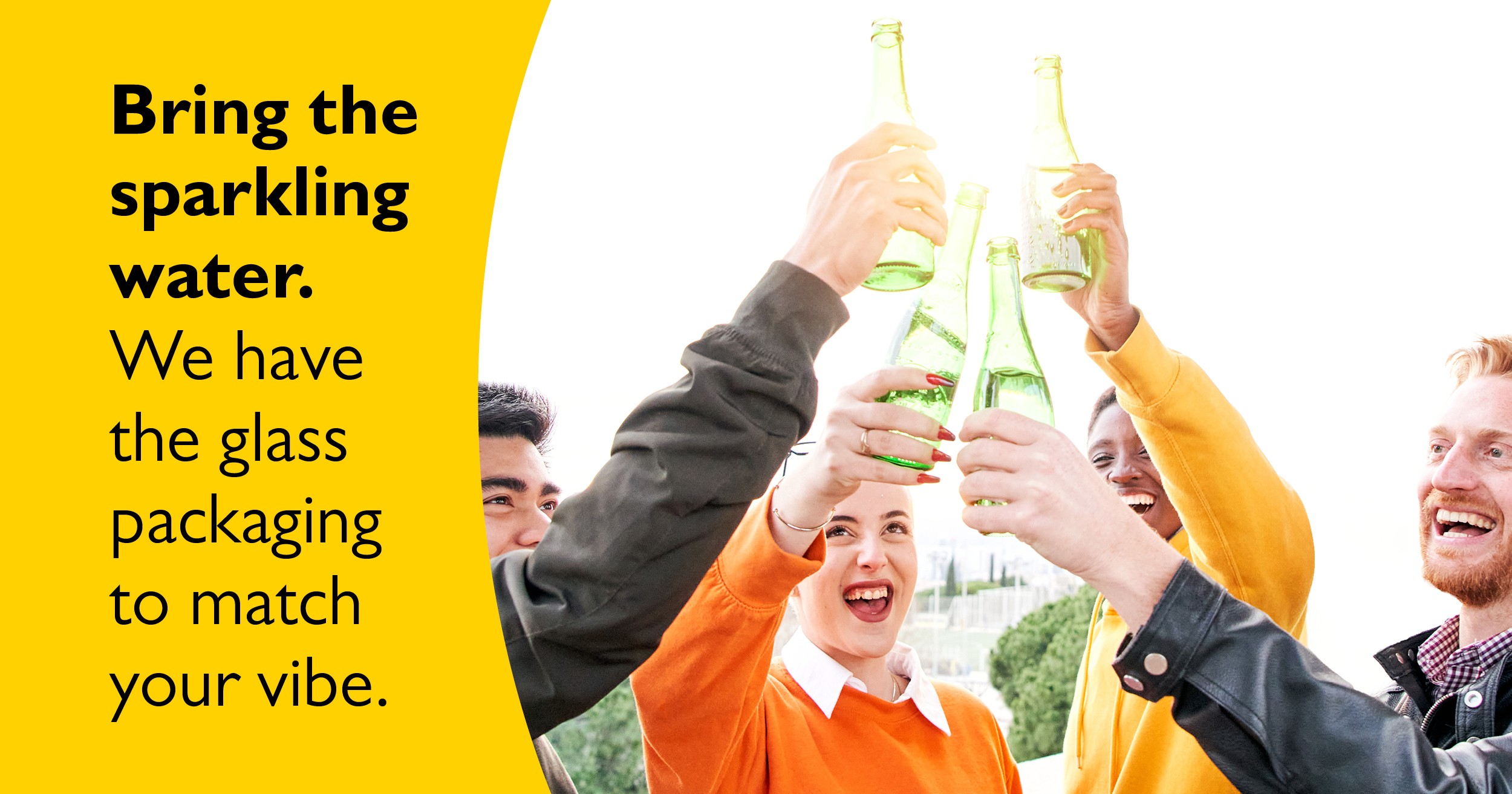
Consumers are craving…
Transparency
Glass is clear, literally and figuratively, allowing you to see what you’re buying while signaling purity and quality.
Premium positioning
Products packaged in glass are often perceived as having higher value and greater trustworthiness. In fact, a 2022 poll by the Glass Packaging Institute (GPI) found that 73% of respondents wished more companies offered their food and beverage products in glass packaging.
Sustainability
Glass helps brands meet their environmental goals while reducing their carbon footprint.
Every 10% of recycled glass used in production leads to a 5% reduction in carbon emissions.
By choosing brands that prioritize glass, consumers can encourage more companies to follow suit.
The Healthiest Packaging Choice for Your Future
As Dr. Topol’s advice to Mel Robbins highlights, the decisions we make about packaging materials matter. Plastic may be convenient, but it comes with hidden risks that may affect our health and our planet.
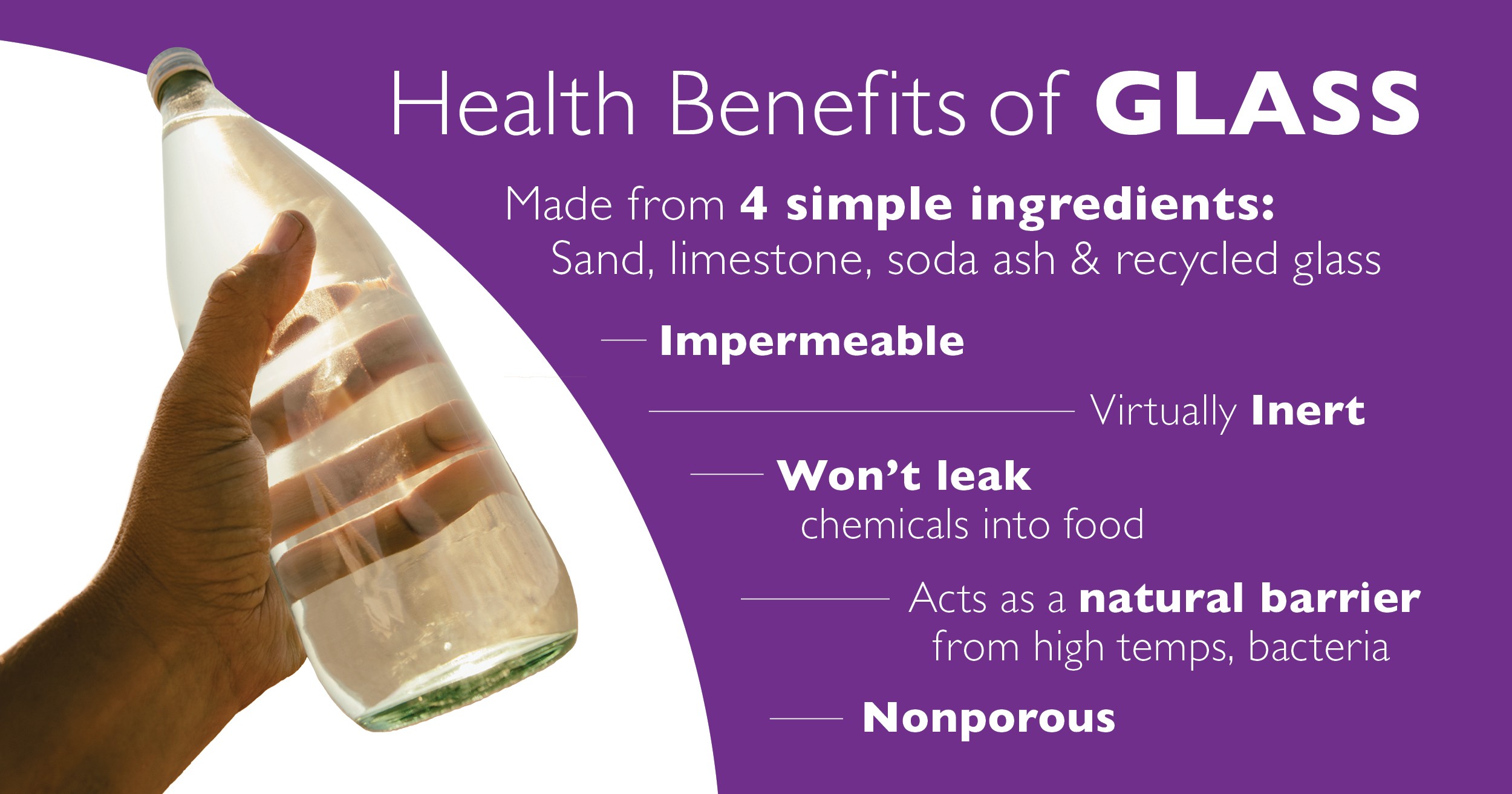
Glass, on the other hand, offers a simple, natural solution:
- It’s safe and free of harmful chemicals.
- It’s sustainable, endlessly recyclable, and environmentally friendly.
- It helps protect the integrity and taste of the foods and beverages you love.
The next time you reach for a container or make a purchase at the grocery store, consider this small but powerful shift. Your body (and the planet) will thank you.
Glass is the Healthier Choice
Mel Robbins’ reaction to Dr. Topol’s advice may have been one of surprise, but it’s also an opportunity for empowerment. With just a bit of awareness and a few mindful swaps, we can all take steps toward healthier, safer lifestyles.
Glass isn’t just another packaging option. It’s a commitment to wellness, sustainability, and future generations. That’s the power of glass.


